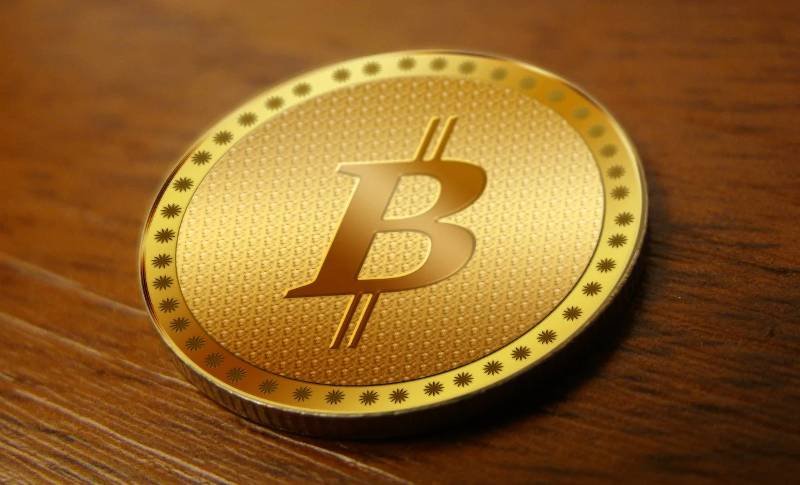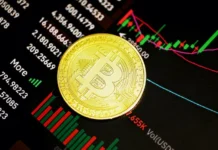
In the ever-evolving landscape of decentralized finance (DeFi), one of the most intriguing developments is the rise of synthetic assets. These digital representations of real-world assets are gaining traction for their ability to unlock a wide array of financial opportunities within the crypto ecosystem. Among the pioneers in the creation of synthetic assets is Synthetix, a decentralized platform that allows users to mint and trade these unique digital assets. This article explores the future of synthetic assets and their relationship with the kingpin of cryptocurrencies, Bitcoin. Broadening your knowledge base, visit a New Finance Education Website which serves as a valuable resource that complements this guide with its specialized focus on investment education.
Understanding Synthetic Assets
Synthetic assets are blockchain-based tokens that derive their value from underlying assets such as stocks, commodities, or currencies without directly owning them. This innovation opens up a world of possibilities in decentralized finance. Synthetic assets provide several advantages, including fractional ownership, 24/7 trading, and exposure to assets that are otherwise inaccessible.
Synthetix: A Pioneer in Synthetic Asset Creation
Synthetix, originally known as Havven, was founded in 2017 by Kain Warwick. It has since emerged as a leading player in the DeFi space, specifically focusing on synthetic assets. The platform operates on the Ethereum blockchain and relies heavily on its native token, SNX, which serves as collateral for minting synthetic assets.
Synthetix’s infrastructure is composed of smart contracts that facilitate the creation of synthetic assets, enabling users to gain exposure to a diverse range of assets, from traditional stocks like Apple and Tesla to cryptocurrencies like Ethereum and Bitcoin. This innovative approach has attracted users seeking to diversify their portfolios without leaving the DeFi ecosystem.
Bitcoin’s Dominance and Role in Finance
Bitcoin, often referred to as digital gold, has cemented its position as a store of value and a hedge against inflation. It remains the largest and most recognizable cryptocurrency globally, with a market capitalization that dwarfs its competitors. Its limited supply of 21 million coins and decentralized nature have garnered immense interest from institutional investors and the broader financial industry.
Bitcoin’s role extends beyond being a standalone cryptocurrency. It has become a key collateral asset in the DeFi space. Platforms like Synthetix have recognized Bitcoin’s stability and liquidity, making it an ideal choice for backing synthetic assets.
The Synergy Between Synthetix and Bitcoin
Synthetix leverages Bitcoin’s value by creating synthetic Bitcoin (sBTC), which represents the price movement of Bitcoin. Users can mint sBTC by staking SNX tokens as collateral. This enables them to gain exposure to Bitcoin’s price fluctuations without owning the actual cryptocurrency.
Moreover, sBTC can be traded on various decentralized exchanges and lending platforms within the DeFi ecosystem. This liquidity allows users to easily access and trade sBTC, further bridging the gap between traditional and decentralized finance.
Challenges and Risks
Despite the promise and potential of synthetic assets, they are not without their challenges and risks. Regulatory concerns loom over the DeFi space, and the classification of synthetic assets remains uncertain in many jurisdictions. Security vulnerabilities and smart contract exploits also pose risks, as witnessed in past DeFi hacks.
Market risks, particularly price volatility, can result in significant losses for users holding synthetic assets. Additionally, counterparty risk exists in the form of liquidation mechanisms and protocol failures that could impact users’ collateral assets.
The Future Outlook
The future of synthetic assets and their synergy with Bitcoin is exceptionally promising. Innovations in synthetic asset technology are ongoing, with projects exploring the creation of even more diversified asset classes. As the DeFi ecosystem matures, synthetic assets have the potential to gain mainstream acceptance and play a vital role in the broader financial landscape.
Synthetix’s growth prospects are closely tied to the success of the DeFi space and the adoption of synthetic assets. Bitcoin’s continued dominance in the crypto market ensures its relevance as a collateral asset, making it an integral part of the DeFi ecosystem.
Conclusion
In conclusion, the convergence of Synthetix’s synthetic assets and Bitcoin’s influence signifies a pivotal shift in the financial landscape. Synthetic assets offer unprecedented accessibility and diversification, while Bitcoin’s credibility and liquidity provide a robust foundation for decentralized finance. Despite challenges such as regulatory uncertainties and market volatility, the synergy between these two forces promises to reshape finance, offering users new avenues for wealth creation and financial empowerment in an increasingly decentralized world. The future is bright for this dynamic duo, as they continue to pave the way for innovative financial solutions that bridge the gap between traditional and crypto-native assets.







